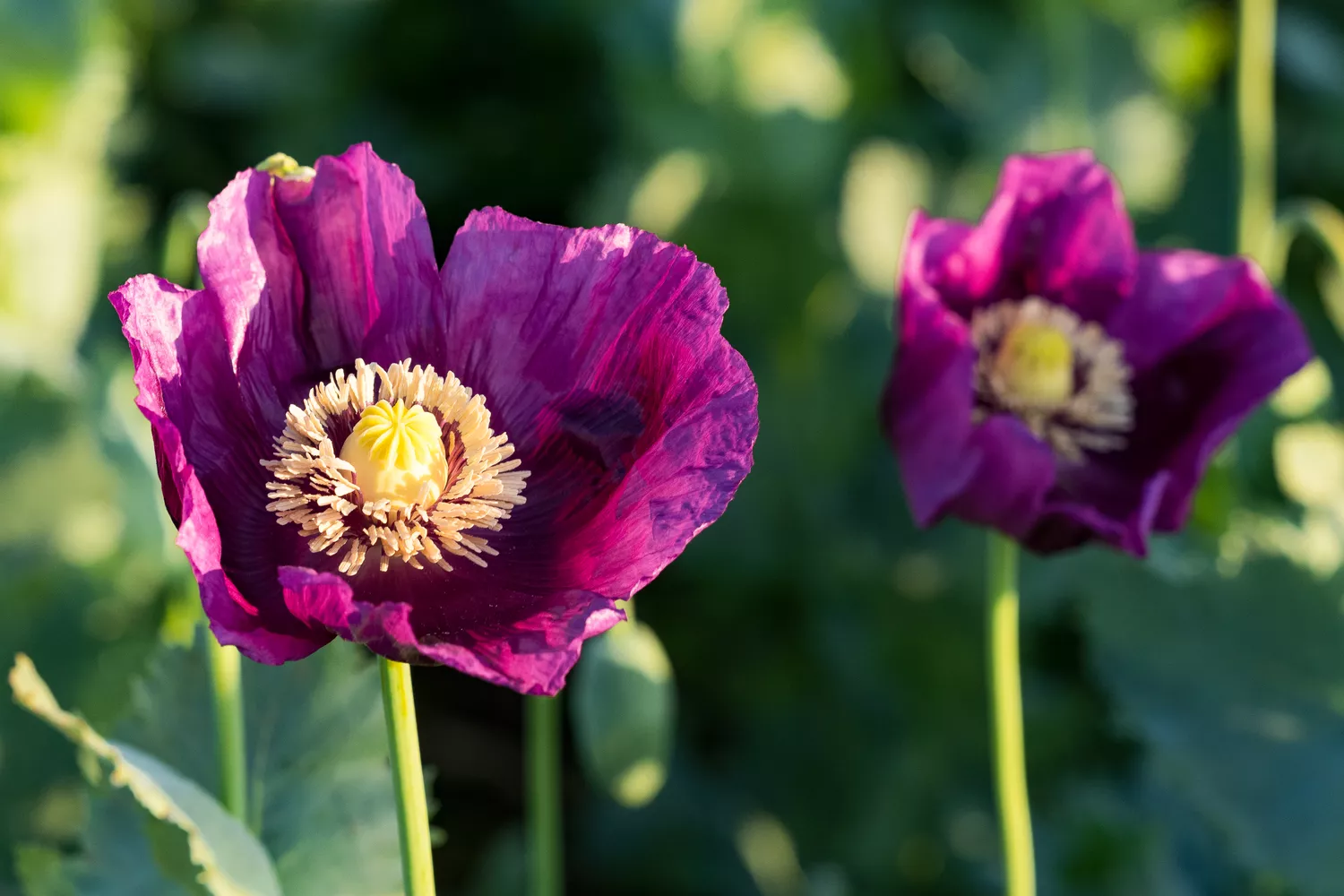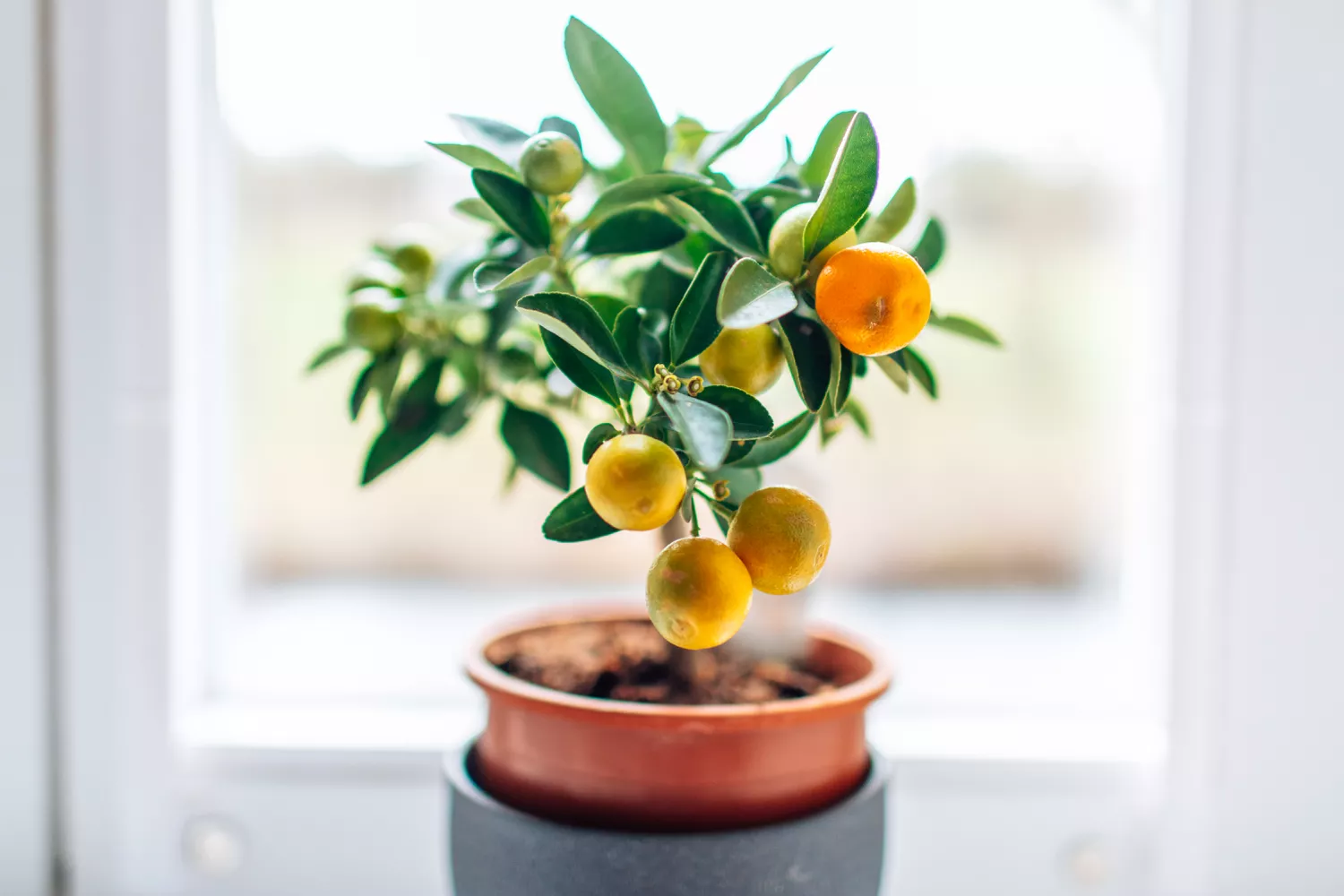
High flowers bring a lot drama to a landscape. You can plant them to establish a garden focal point, develop a living backdrop for other plants, or provide a little personal privacy along with a patio area or bench.
Choose high grasses with vibrant blooming plumes that bend in the wind, and you’ll have an invite to take a moment in a hammock, states landscape designer Jane Gates of Southborough, Mass. Choose high plants that flower in bold “architectural” angles, and you’ll produce a visual pause, states Mark Dwyer, garden supervisor of The Healing Garden at Edgerton Hospital in Janesville, Wis. “Our eye takes a trip through a landscape in a garden absorbing texture,” he states. “And it’s those uprights– those narrow turfs and vertical flowers– that slow the eye and make us value the scene.”
All set to get some tall flowers growing? These 10 are amongst Gates and Dwyer’s favorites.
Selecting artichokes for their flowers? Go for it, states Gates. “The buds open up into these incredible, giant, electric, indigo-paintbrush flower blossoms,” she says. Make lots of room for this tall blooming plant. Fully grown ones are both high and large. Allow the blossoms to go to seed for repeat performances, she adds.
Planted among dark-hued flowers, their impact is even more dramatic. “As sunset techniques, the darker flowers fade out, and it’s the whites like this Cimicifuga that seem to actually glow,” he states.
Alcea is available in 60 different species, many reaching as tall as 8 feet. Its big, beautiful flowers often open all at once, creating columns of blooms that cottage garden enthusiasts love. Plant sweet peas among your hollyhocks and the smaller sized plants will wind around the larger ones as they grow, giving you two plants that work visually as one, Gates says.
The Honorene Jobert cultivar is significant for its long-blooming white flowers with yellow centers, states Dwyer. “You get about 2 months of blossoms hovering on a three-to four-foot-tall, sometimes even a five-foot-tall, plant,” he states.
This sturdy herb can grow to 6 feet tall, producing reddish-purple flower clusters “hovering on an extremely subtropical-looking plant,” Dwyer states. “And as soon as the flowers fade, you have the drying hovering spheres, which is fantastic flower architecture in the garden.”
Angelica gigas is a biennial, however you can frequently buy it in its 2nd year to take pleasure in flowers right now. Plants will self-sow, however you can likewise tuck in brand-new plants every year to keep the effect going strong.
Thalictrum rochebrunianum produces high, strong stems topped with wispy blossoms that “float above whatever composition you put it in,” Dwyer says. Fragile blue-green foliage adds to the ethereal aura of this early summer bloomer, its lavender haze not transparent but light adequate to allow peeks of its next-door neighbors in the garden. “Catalogs all list it at 6 to 8 feet,” Dwyer states, “however I’ve seen it grow ten feet high.”
Wind-pollenated lawns don’t need flashy flowers to draw in pollinators and rather bloom in fluffy plumes called inflorescences. “The thing about some of these taller lawns is that they are like watching a tummy dancer,” Gates says. “They flex and they weave, and they twist and they jingle in the wind. They add movement to the garden. They make it alive.” Pampas turfs likewise make excellent screens and help manage disintegration on slopes.
Showstopping Kniphofia and its cousin Regal Torchlily (Kniphofia caulescens) get their common names from poker-shaped spikes in gradient tones of yellow, orange, and red. There are more than 60 types, consisting of Kniphofia uvaria, which reaches 3 to 4 feet in height. Plant them against a fence or hedge to display their cool, spiky blossoms, “or parade them around in a straight line like little soldiers,” Gates states.
If flowers were typography, Rudbeckia subtomentosa Henry Eilers would be an asterisk– that little star social media users have commandeered as a way of revealing focus. With its tubular petals and girthy size, this cultivar is absolutely an attention-getter. “It can be top-heavy in flower, so I like having it with helpful next-door neighbors,” states Dwyer. Think things like ironweed or native ornamental grasses like Big Bluestem or Indian grass that help hold it upright.
Artemisia lactiflora produces thousands of small late-summer flowers that form an “amazing, wispy haze of white” at waist and even chest height, Dwyer says. Its dark foliage pumps up the drama even further. “White is a color that I think is underutilized in the garden in general, and it unifies, whether it’s a hot color design or a cool color scheme,” he states.



